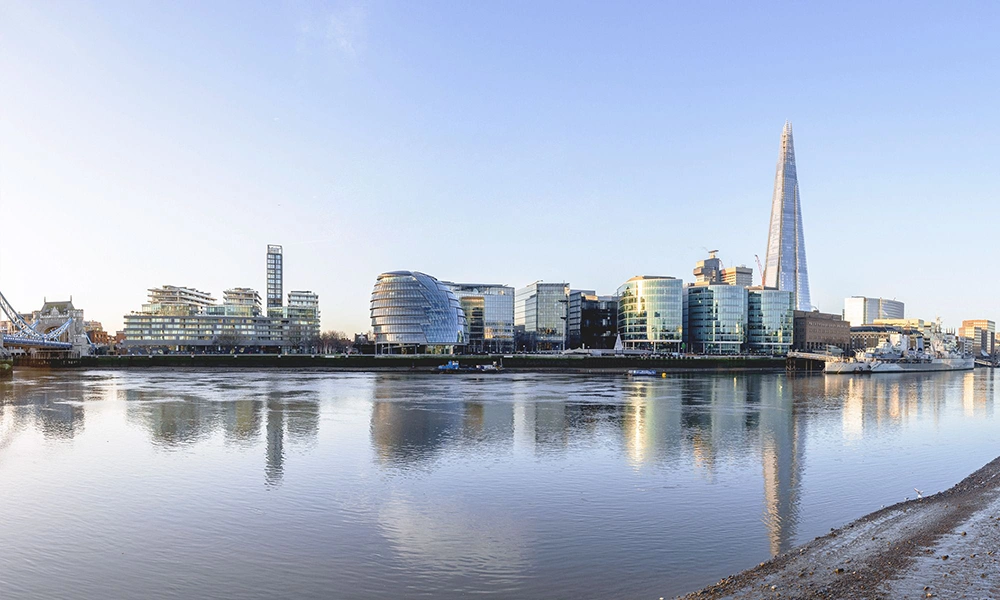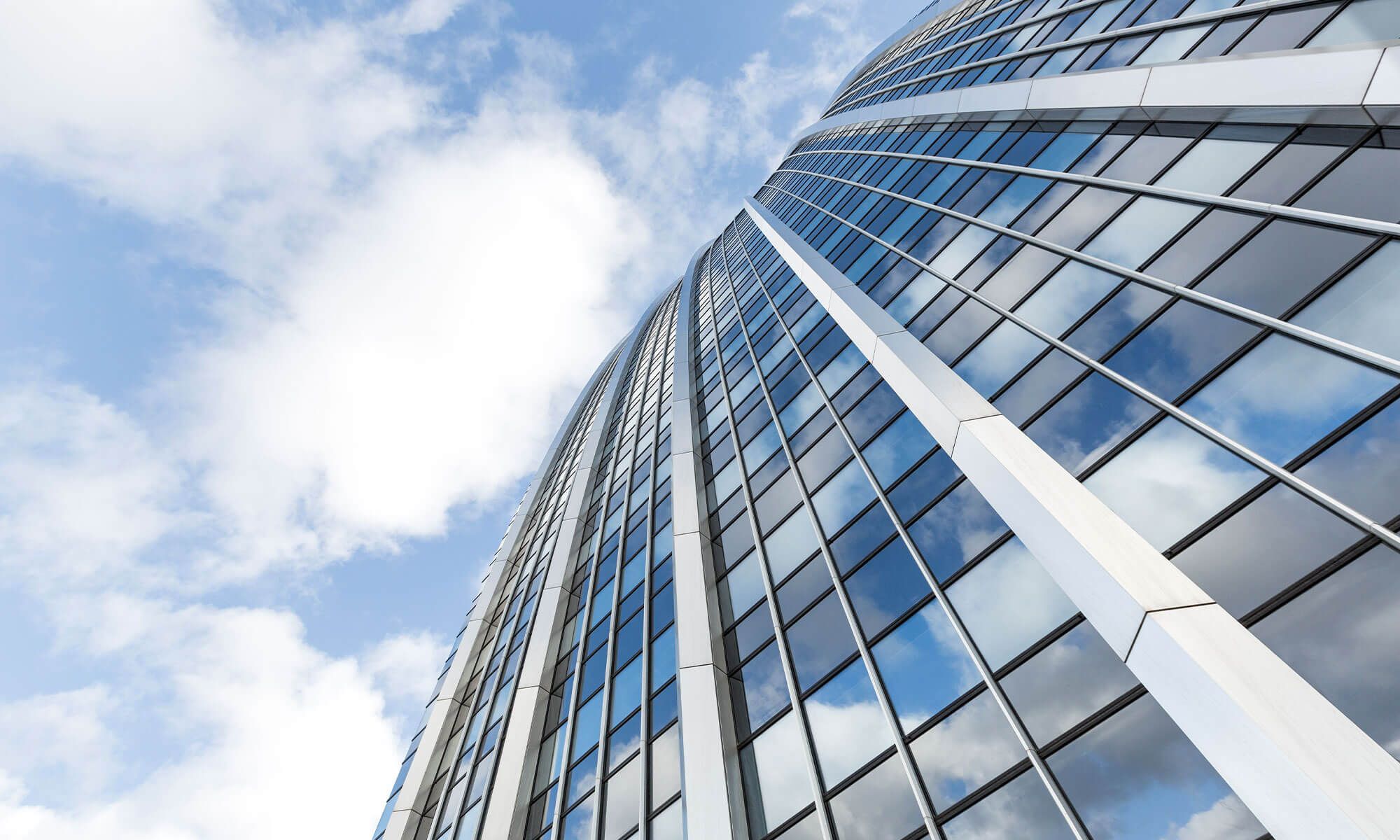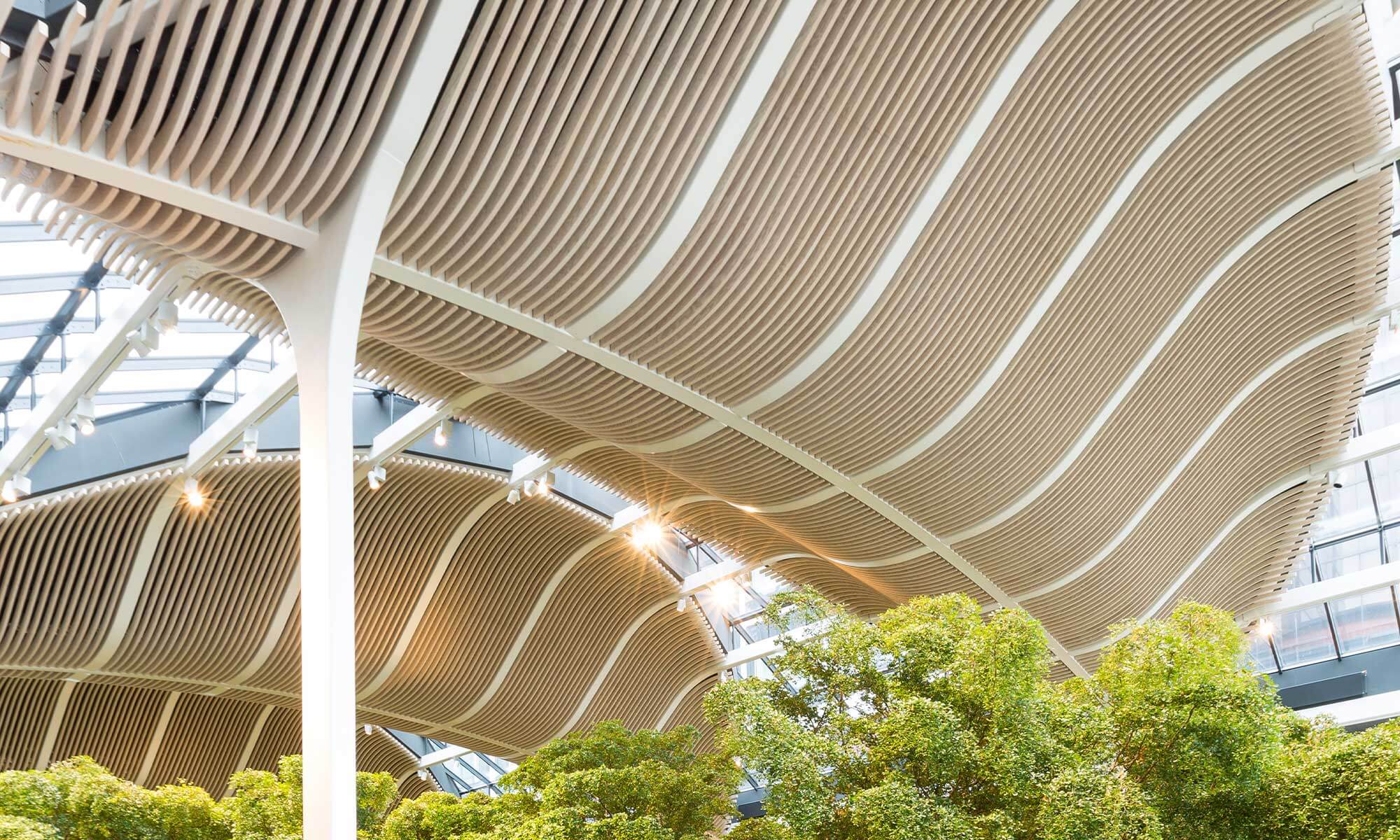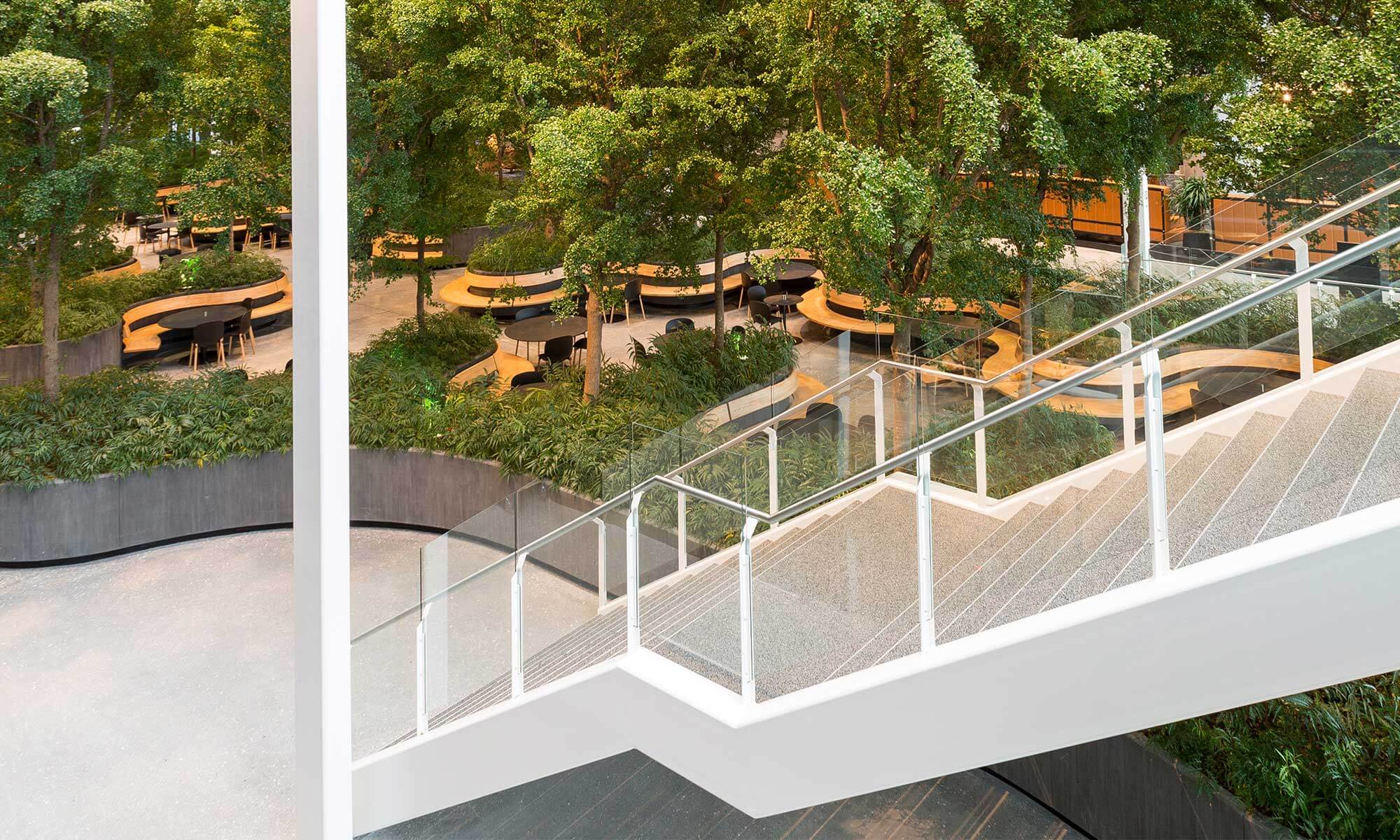
Norman Foster is one of the world’s most sought-after architects – for good reason. Our article takes a closer look at four buildings that demonstrate what sets his work apart.
A monument of democracy: the Reichstag dome in Berlin
With their concept for the new Reichstag building in Berlin, the team of Foster + Partners won a contest and beat no less than 94 competitors. The extensive renovation work subsequently began in 1995. Originally drafted by German architect Paul Wallot, the historical building had been destroyed during World War II.
With their concept for the new Reichstag building in Berlin, the team of Foster + Partners won a contest and beat no less than 94 competitors. The extensive renovation work subsequently began in 1995. Originally drafted by German architect Paul Wallot, the historical building had been destroyed during World War II.
To visualise the democratic significance of the German parliament (the so-called “Bundestag”), Foster designed a glassy dome. This dome serves as a transparent, publicly accessible area with a view on the plenary hall. In the middle, you’ll find a funnel-shaped element reminiscent of an upside-down cone. The cone is covered by playful panels and reflects the daylight down into the plenary hall. Similarly, the spiral ramp at the room’s outer edges stands out with its clear, glassy finish. It leads toward an outdoor platform where visitors can enjoy the city panorama.
The Gherkin: an energy-efficient skyscraper in London
Norman Foster has designed many extraordinary buildings in the English capital. His Millennium Bridge, for example, carries pedestrians across the Thames between the Tate Gallery of Modern Art and St. Paul’s Cathedral. Another striking feature of the skyline are the headquarters of Swiss Re, completed in 2004 and now known as the Gherkin. Its glazed facade not only opens up the building to light and spectacular views – it also allows for energy-saving ventilation. Thanks to several atria between different floors, the air-conditioning system is rarely in operation.

A pioneering force in contemporary architecture
All of Norman Foster’s building designs are characterised by innovative, often futuristic high-tech elements – always in line with high ecological standards. His main objective: create flexible and collaborative environments where people can both live and work. One of his favourite materials is glass, which he incorporates in various shapes and forms.
Norman Foster’s buildings have long been an integral part of metropolitan skylines across the globe. Since 1967, the British native has completed many trailblazing projects that not only earned him the renowned Pritzker Prize but even a peerage.
Copenhagen Towers: upcycling at the heart of Denmark
Sustainability played a key role in the construction of the Copenhagen Towers in 2015 as well. Located in the newly developed area of Ørestad, the ensemble consists of a 22-storey office tower. The atrium constitutes the “green heart” of the Norman Foster building, hosting a picturesque garden of olive trees. Curved wooden profiles in the glass roof and equally curved wooden benches accentuate the natural ambience. The Copenhagen Towers have become a paradigm for ecological building projects, as Foster mainly relied on local and recycled materials. Inside, there are concrete floors made from local construction waste and ceiling cladding made from PET plastic and felt. Combined with photovoltaics and a groundwater-based heating and cooling system, the complex uses up to 45 percent less energy than other buildings of its size.


Apple Park in California: Norman Foster’s superlative structures
With his design of the Apple headquarters in Silicon Valley, Norman Foster has set new standards in various respects – all in honour of the company’s late founder. Steve Jobs had envisioned the Apple Park in Cupertino as a workplace where high-tech innovation and nature merge into a harmonious whole. To realise this vision, Norman Foster built a complex that is shaped like a ring and measures almost half a kilometre in diameter.
Surrounded by plenty of green with around 9,000 planted trees, more than 12,000 people work under a huge carbon roof. High glass windows encircling the entire ring create a bright, airy atmosphere. It also comes as no surprise that the Apple Campus, which opened its doors in 2018, is powered by 100 percent renewable energy.
From the Copenhagen Towers in Denmark to the Apple headquarters in Silicon Valley: Norman Foster's buildings have enriched our urban landscapes in many different ways. His creations not only look impressive – they also have paved the way for environmentally friendly and futureproof architecture.